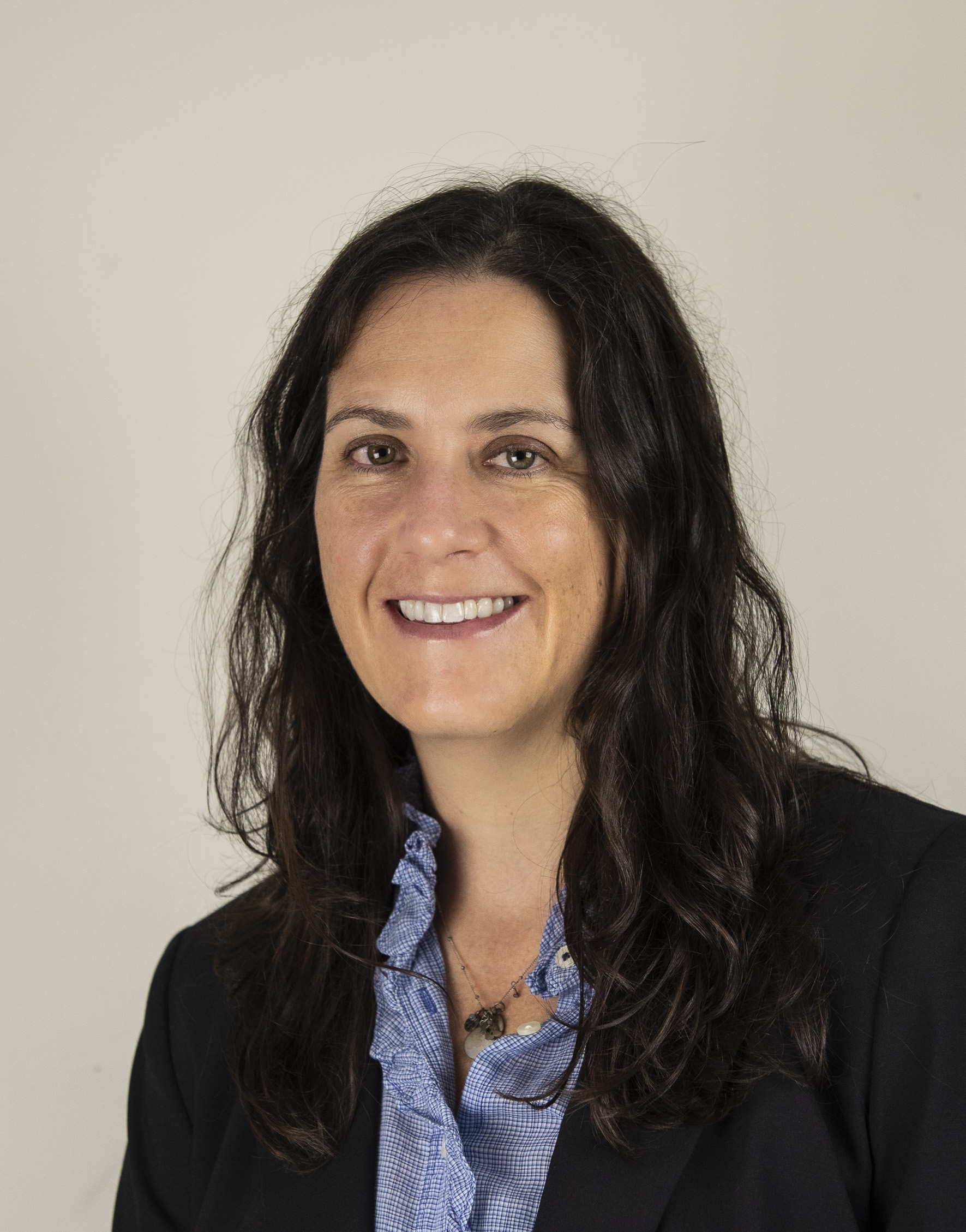Blood Center/Blood Hospital-Based Donor Center
(P-BC-40) Increasing Platelets Per Procedure and Optimizing Blood Center Operations by Analyzing Apheresis Device Utilization Data

Sara Lewandowski, n/a (she/her/hers)
Terumo Blood and Cell Technologies, Colorado, United States
Presenting Author(s)
Retaining apheresis donors is a concern for blood centers, so ensuring that donor time is valued, and platelet collection goals are met, while balancing labor costs, are paramount. A blood center’s network of collection sites scheduled apheresis platelet donations in 2-hour blocks, but times donors spent in the chair were exceeding the scheduled blocks by as much as 30 minutes. In some cases, apheresis donors waited for an idle device to complete the previous donation, or platelet collections were shortened to allow waiting donors to start new procedures. As a result of these scheduling issues, six of nine collection sites were not meeting platelet product collection goals.
Study
Design/Methods:
This retrospective study reviewed one month of data recorded by Trima Accel® Automated Blood Collection Systems (Lakewood, CO) at Versiti Michigan’s nine collection sites. The 1,283 apheresis collections conducted in May 2023 were analyzed to quantify platelet component per successful procedure (split rate) and device utilization trends related to procedure start times and durations. Device utilization was calculated as the number of devices in use divided by the number of devices assigned to a site. For each site, the number of devices performing collections were reviewed to determine the percentage of device utilization during operating hours by day of week and time of day in 15-minute increments. Platelet productivity metrics from a period of seven weeks before adjustments to scheduling blocks and device location were compared to a seven-week period after the adjustments were made.
Results/Findings:
Device utilization data was used to adjust scheduling block start times and duration as well as the location of one Trima Accel® device from a location with low device utilization to a location where device utilization was higher. Adjusting schedule block start times and increasing blocks from 2.0 to 2.25 hours led to an increased split rate from 2.35 to 2.39 throughout the blood center’s nine collection sites. The average number of platelet procedures completed per day increased by 1.8% from 39.23 to 39.83 for all collection sites after the change was implemented (Fig. A). Two sites were able to add donation blocks because of the changes. The changes made did not require additional staff or adjustment to operating hours and did not impact the duration of the apheresis procedures themselves.
Conclusions:
Analysis of apheresis procedure data from nine collection sites provided insight into platelet apheresis device utilization and collected platelet product counts. Evaluation of device usage trends uncovered opportunities to adjust scheduling blocks and device locations within the blood center’s collection site network to better meet platelet product goals without impacting platelet productivity, procedure durations, or requiring more staff.
